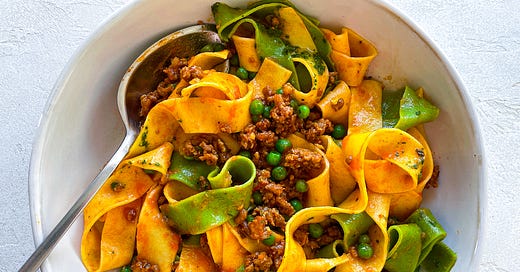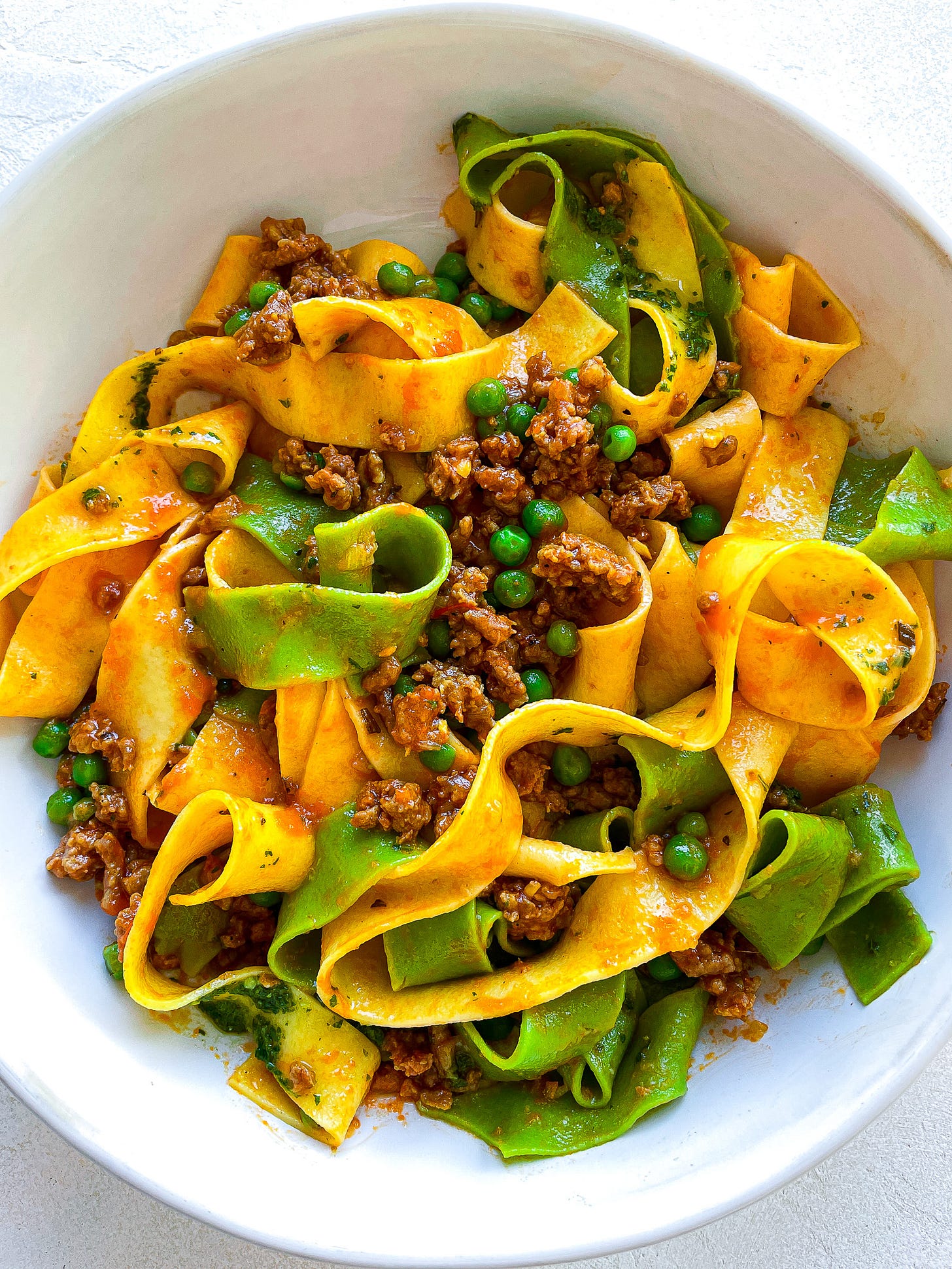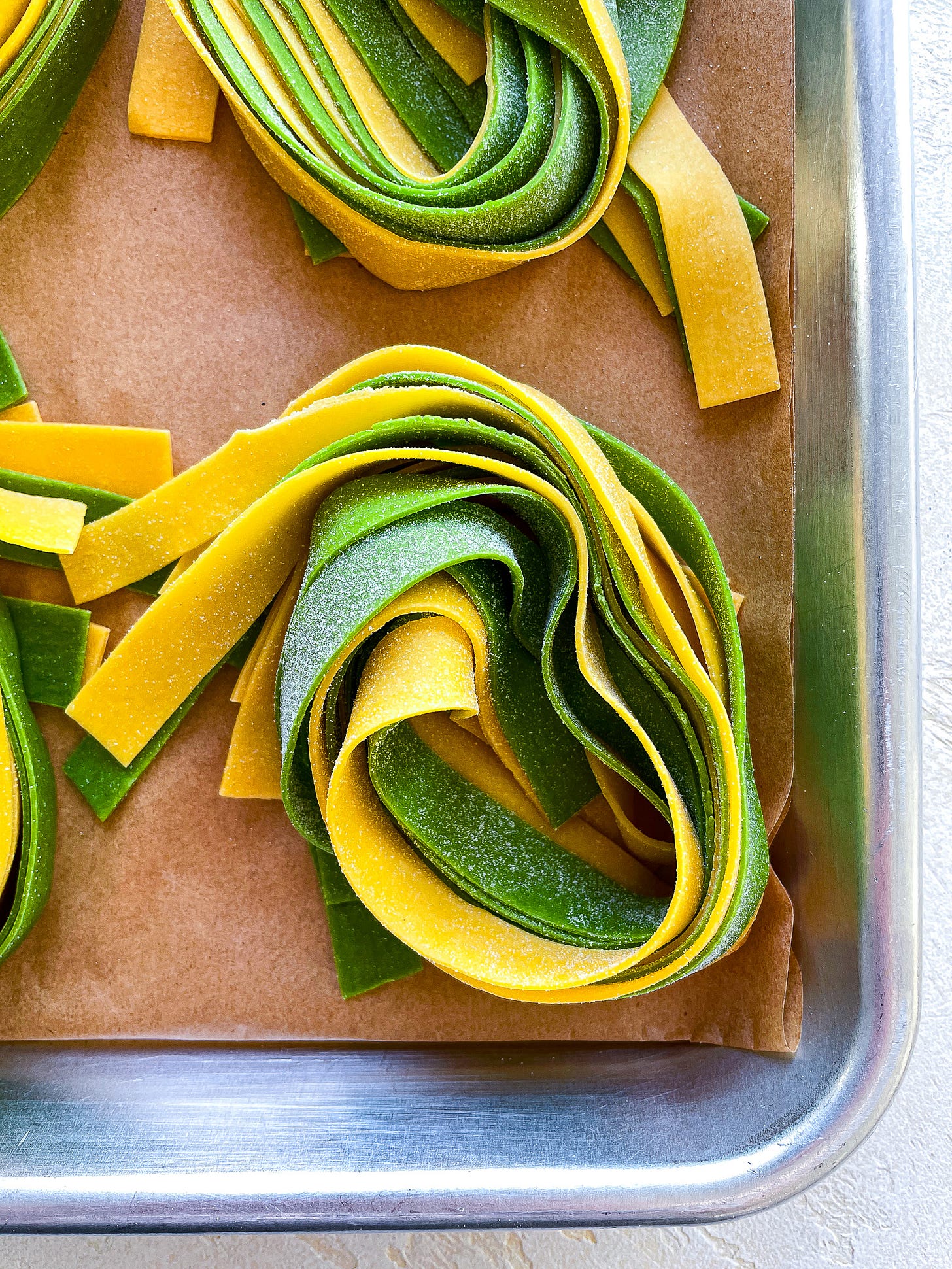My last trip to Siena was a bit of an accident. It was August, part of a family vacation—aunts and uncles included—in the Tuscan countryside. I remember the heat—boy, was it hot. I remember the faux animal skin rugs strewn across the rustic wooden floor planks of our rented hillside villa. I certainly remember the night we arrived, pulling up to the nearby village at nearly midnight. Tourists we were, and so we did not anticipate the quiet, foreign to a group of city-dwellers, or the magnitude of the mountains or the narrowness of the unpaved streets. Nor did we expect the darkness—so complete in its blackness, save for a lone gelateria, its dim lights flickering as if counting down the moments until closing time. And we surely did not expect the owners of that gelateria, taking pity on our late arrival and barely checked exhaustion, to get in their car and guide us up the steep, unmarked, and outright terrifying path to our rental at the top of a cliff. Never have I been so grateful for Italian hospitality.
Our wits collected, most of our remaining time in Tuscany was leisurely. We swam in the pool and drank on the terrace. We meandered down to the town and ate fresh pasta at the restaurant in the square—sometimes more than once a day. We read books and played games and cooked dinner. And, when we got a little restless, we embarked on a whim to the nearby city of Siena.
This was not my first time in Siena. I had been there briefly a few months prior, on another trip to Italy spent basking in the splendor of Rome and Florence, reveling in art and architecture and gelato, never wanting to leave. Then, I’d strolled the city’s medieval lanes and fine piazzas, taking in its gothic churches, renaissance sculptures, and soaring government buildings. But when we pulled up to the city that August day, it was not the same place I’d spent a relaxing afternoon. People—everywhere, so many people—lined the streets, dozens deep, framed by a riot of colorful flags that fluttered atop every building. There was singing and chanting and clapping. Parades and banners and medieval costumes. I checked my phone: it was August 16. And this was il palio, Siena’s famed five-hundred-year-old horse race. And we were in the middle of it.
Sometimes chance delights us, as it did that day in August so many years ago. Il palio has taken place twice a year—on July 2 and August 16—since the 17th century, and it was sheer luck that we experienced it. When I think of Siena, I think of the electric buzz in the air, so palpable it was impossible not to be swept away. I think of the horses in Il Campo, the city’s main square, leaving dust in their wake, and the pretty costumes and the flags. But most of all I think of the feeling—of community, of belonging, of being part of something old and big and exciting. Which, at long last, brings me to today’s Pasta of the Month: paglia e fieno, two-toned tagliatelle from Tuscany—particularly Siena—and Emilia-Romagna.
Paglia e fieno literally translates to “straw and hay.” It’s a tangle of yellow and green pasta typically fashioned into tagliatelle, though sometimes into thinner tagliolini or even pointed tubes like garganelli. And although its wildness and varying colors remind me of its place of origin, paglia e fieno is now enjoyed throughout Italy (it’s just as popular in Emilia-Romagna, where tagliatelle is king). The term is a relatively modern one, and so I don’t have much to share with you about its particular history. But I can tell you that it’s a perfect pasta to welcome the month of May.
There’s a certain lightness and whimsy to paglia e fieno that calls to spring flavors. Of course, the pasta itself, half turned emerald with fresh spinach, practically sings to the season. But the sauces, too, embrace spring’s buoyancy. Most often, you’ll find paglia e fieno served simply with olive oil and a bit of cream, sometimes prosciutto or mushrooms, and almost always with peas. Occasionally the pasta is tossed with a ragù, though not the Bolognese that first comes to mind, but instead something far less rich—with chicken or turkey or rabbit, vegetables, and herbs—and far less time-consuming. Since I’ve gone the cream-sauce route with this pasta in the past, today I was inspired to create a less-typical meat sauce—something deeply flavorful but still fresh, and certainly something that wouldn’t obscure the colors of the pasta. And so I turned to lamb, a spring meat if there ever was one.
I think the ragù gods must be smiling down on me because, like my weeknight white ragù from a few weeks ago and the short rib and sausage ragù before that, this dish turned out really, really great. It’s bold and balanced, vibrant and zingy, with an extra-special, slightly secret ingredient that brings it home. It’s finished with peas, of course, and a mint salsa verde, because every lamb dish deserves an herbaceous, citrusy finish. And the whole thing is made all the better atop beautiful strands of green and yellow pasta.
Note: There are a few components to this dish, but don’t let that deter you. Everything—from the spinach purée to the pasta to the sauce to the salsa verde—can be made at various points in advance, as noted in the recipe.
Paglia e Fieno with Lamb, Peas & Mint Salsa Verde
Serves 4 to 6






